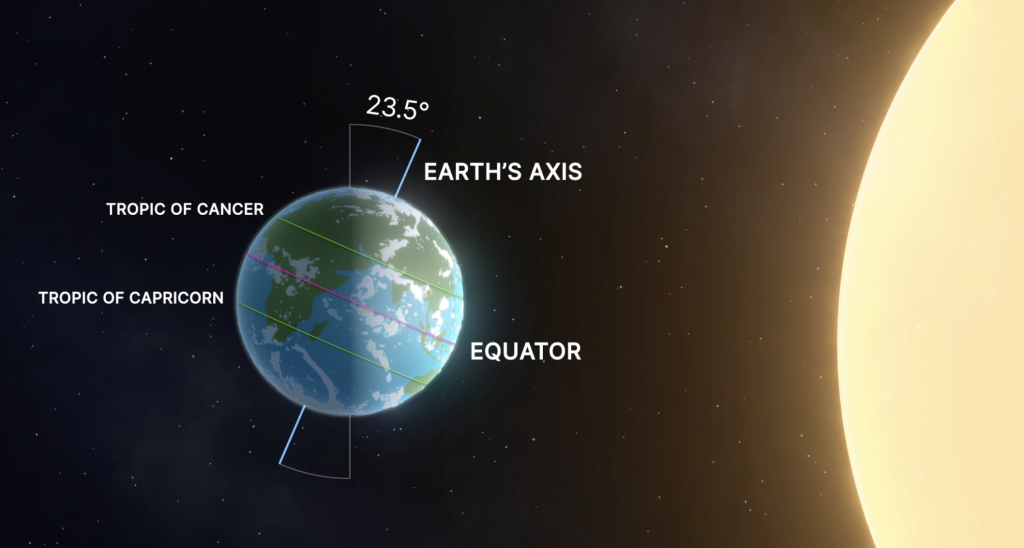I am planning to go scuba diving this weekend across the bay from Yeppoon, to see how the corals are faring at Great Keppel Island – after the very significant coral bleaching this last summer. I shall be wearing a thicker wetsuit than I was in April, because daily mean temperatures have dropped by about 5C since April and about 10C since January. (Remember my series of posts from back then, CLICK HERE.)

Winter days tends to be sunny here, yet still they are relatively cold. (In Yeppoon, most of the rain falls in summer, and the days tend to be cloudier, yet warmer.)
I write this with a smile because of late many sceptics have been promoting the idea that ‘clouds control the climate’ – as explained in the new movie ‘Climate, the Movie’ produced by Martin Durkin starring John Clauser. That clouds ‘control’ the climate is as much nonsense as carbon dioxide controls the climate – or that Greta Thunberg is responsible for the IPCC, that was actually the brainchild of Margaret Thatcher. (For so many of my colleagues to continue to promote this silly movie that begins with Greta Thunberg repeating what she was taught at school, is just plain lazy.)
Clouds are important negative feedback, but they do not create the seasons or even past Ice Ages. Clouds do not control the climate. (And just because a Nobel Laureate says otherwise does not make it true. I could cry, but I am choosing to smile.)
It is getting significantly colder here in Yeppoon, where I am across the bay from Great Keppel Island, that is just about on the Tropic of Capricorn. It is getting cold because the Southern Hemisphere is facing away from the Sun at this time of year, and this inclination way from the Sun has almost reached a maximum – well it will at the end of the week here in Yeppoon, on winter solstice.

To be sure, the seasons result from the inclination of the Earth’s axis to the plane of its orbit and the corresponding variation in the amount of solar radiation received will depend on latitude and varies over the year.
The Earth’s atmosphere causes this effect of the seasons to lag somewhat, so it is going to get colder here even as we move back towards the Sun next week, after winter solstice.
The great re-distributor of the ever-changing amount of solar radiation received at the surface of the Earth is not the clouds, but rather the wind. The winds transport heat and moisture and drive the ocean currents and are at once the operating mechanism and the working substance of climate.
******
I am planning to write more about the wind, and so I have included atmospheric pressure in the chart (top of this blog post) that shows how the air and water temperatures vary with the seasons and also the wind; the bigger the difference between the pressures, the faster the air will move from the high to the low pressure and the stronger the wind. This chart was created at, and downloaded from, the AIMS (Australian Institute of Marine Science) website, and is copied here with much thanks.
The feature image shows me in the water at Secret Cove, Great Keppel Island in April.
via Jennifer Marohasy
June 17, 2024 at 07:19PM
